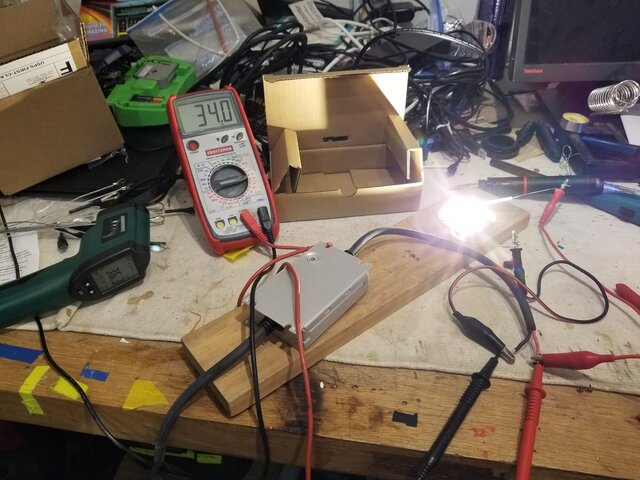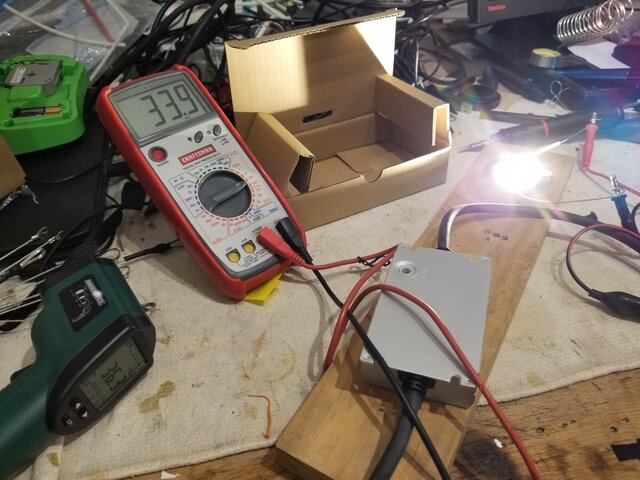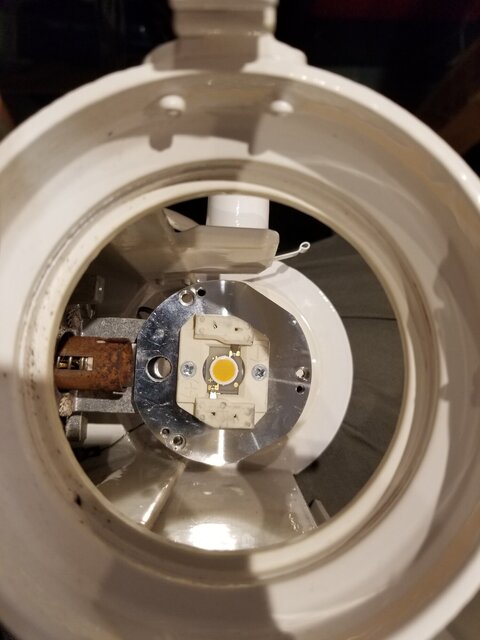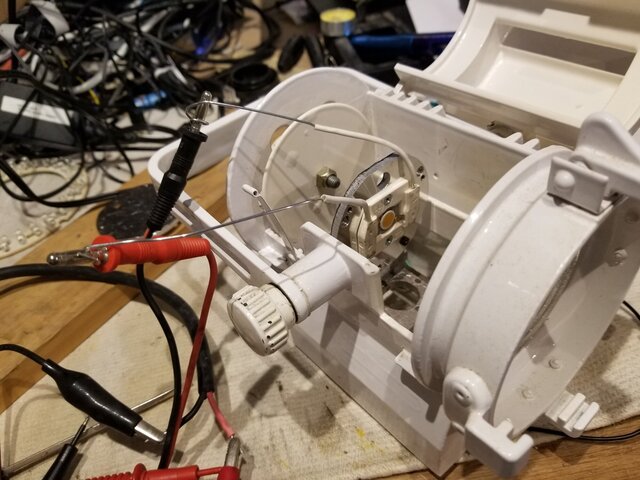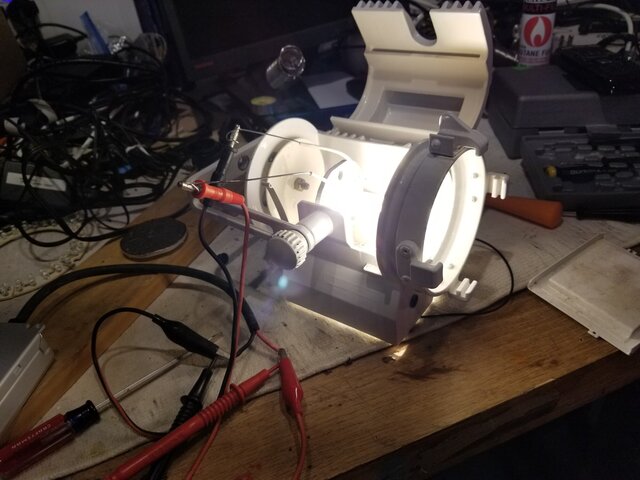I was yesterday on a
site survey for work at a 1984 church built Main
stage theater. A 3/4
thrust space in the town I grew up in but never visited. Quoting out a hybred growing
LED system. Over the
stage where it's getting new rigging,
LED's. In the
house upgrading the perfectly fine S-4
Leko's to
LED in
lamp cap replacement as budget allows..
While I was in town at the church theater, they told me of the local high school I went to, now under major upgrade also... This is the second time since 1974's upgrade and re-build of the origional theater complex down to bull dozers got re-built!!!
While I was at that High School, I measured out and re-produced accurate drawings for extra class credit in Architectural Drafting class it's
stage's actual dimensions. Also useful for show design. Yea... Back into even the 1970's my High School had a full drafting program. (Now I visit remote schools where grammer school and high school are combined... and with at best a
Gymatorium, as opposed to even my Junior Highschool had a respectable Main
Stage Theater..)
Must be nice to live in a city with so much money to filter down to it's next 20 year total upgrade in not just buying new lights... starting over I'm told. I grew up appairently with say the 2nd
1974 upgrade to the theater. Amazed at this theater I worked in was not modern enough - it had everything there that a Main
Stage any school would make well use of.
Direct
Fresnel replacement was less a question at the other local in town theater I went to. Remember I'm an old school type lighting person in the purpose of the
Fresnel. Directly over my head in the home
grid is also two 65Q Fresnels needing some attention for future donation.. A
LED PAR fixture can do the work of a
Fresnel in different way than a
PAR in beam spread...
LED PARs are less like a
PAR can... not a
Fresnel, but if lensesed right more like them than a classic
PAR Can. Going
LED lamp cap for
incandescent Leko's we agree on also at this
point.
Dimmer changes, but that was the bulk part of the quote.
I love the look a
Fresnel gives, but
LED PAR's are not the
PAR Can of yesterday... They are more... neither in output in combining both. The only thing missed about less fixtures to do the same thing.... is less fixtures to blend and
cover with. In some ways that's a regression in lighting design I think.



